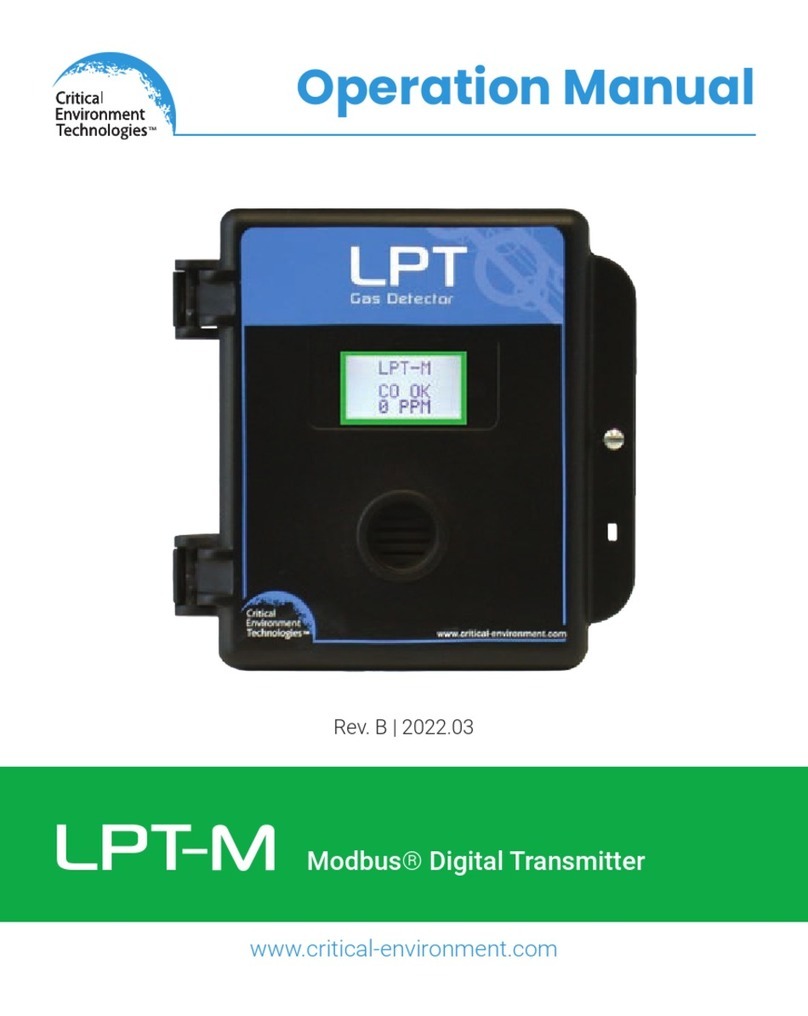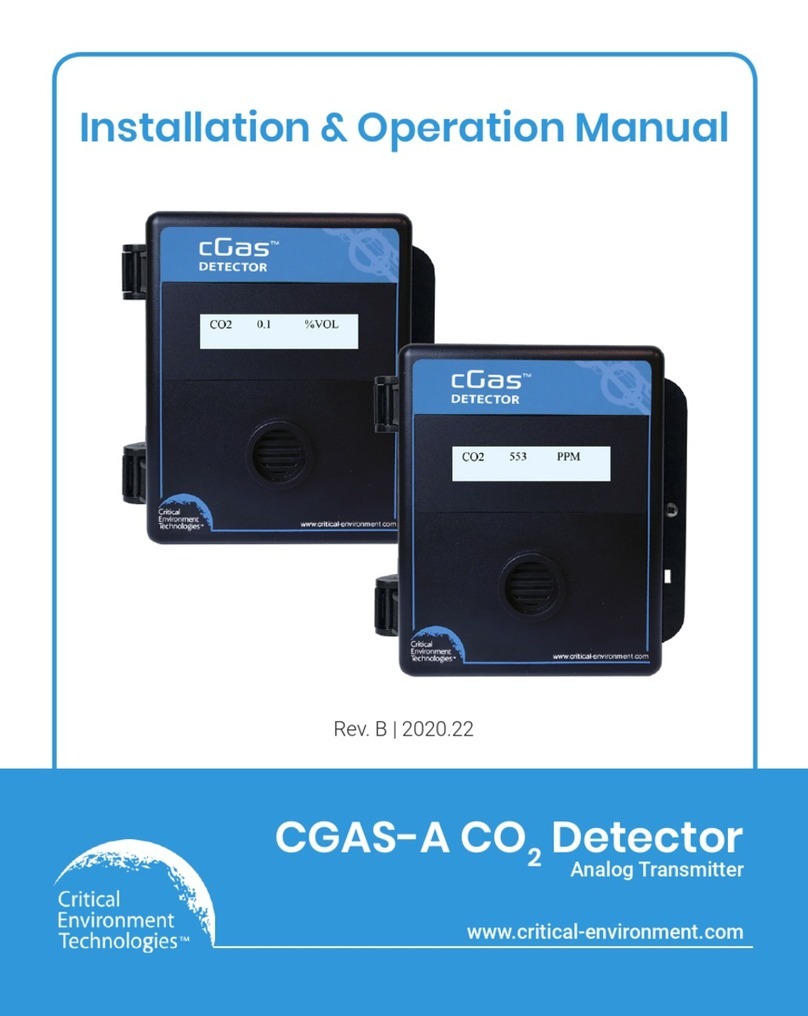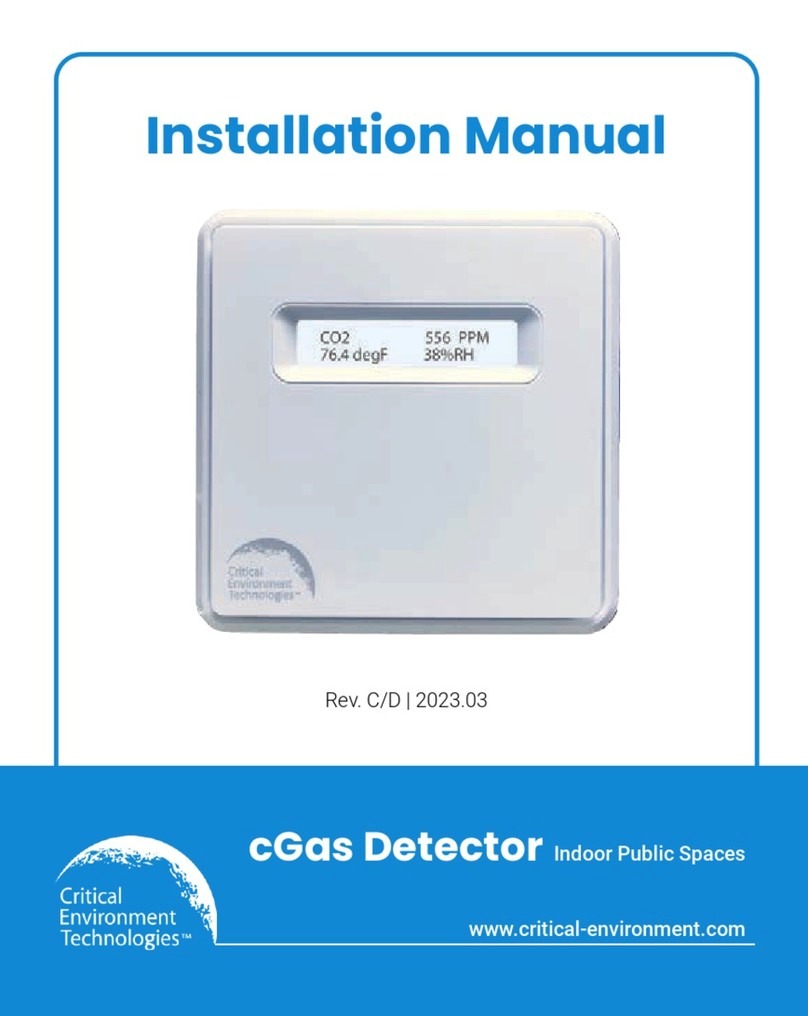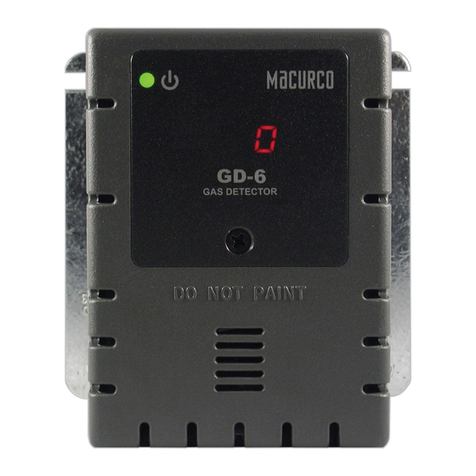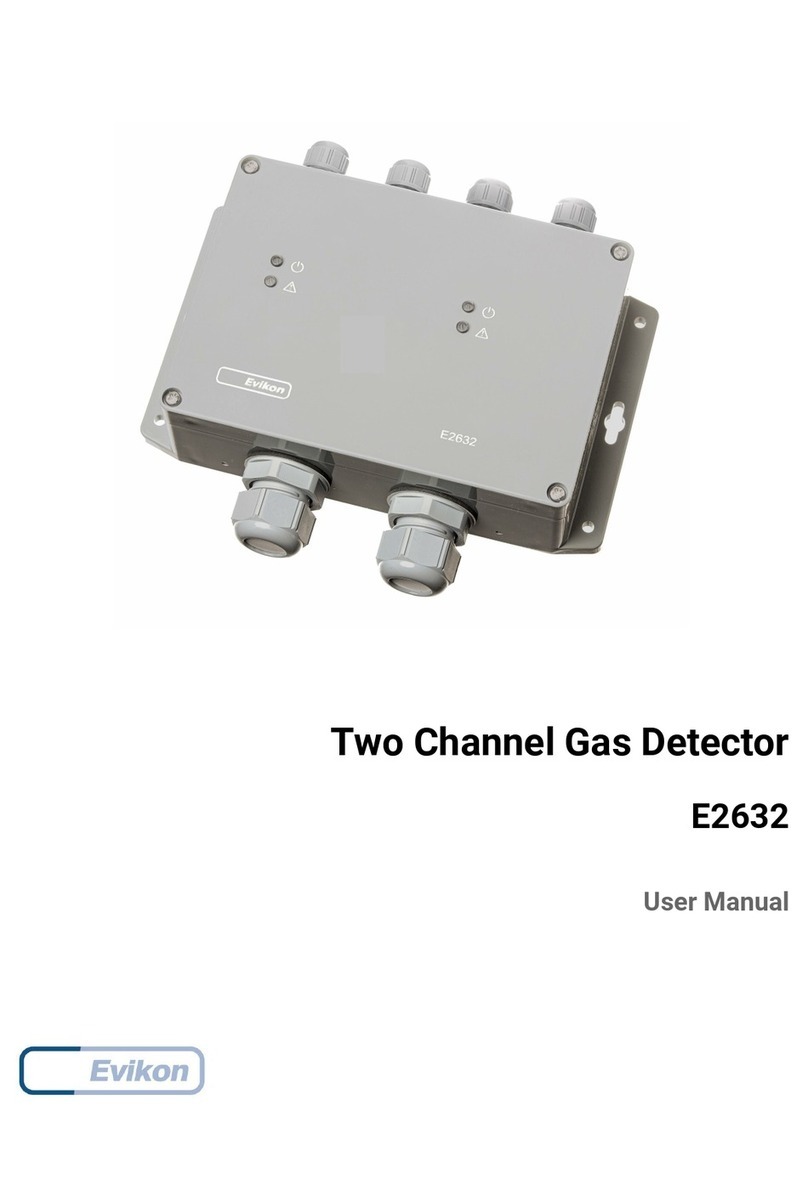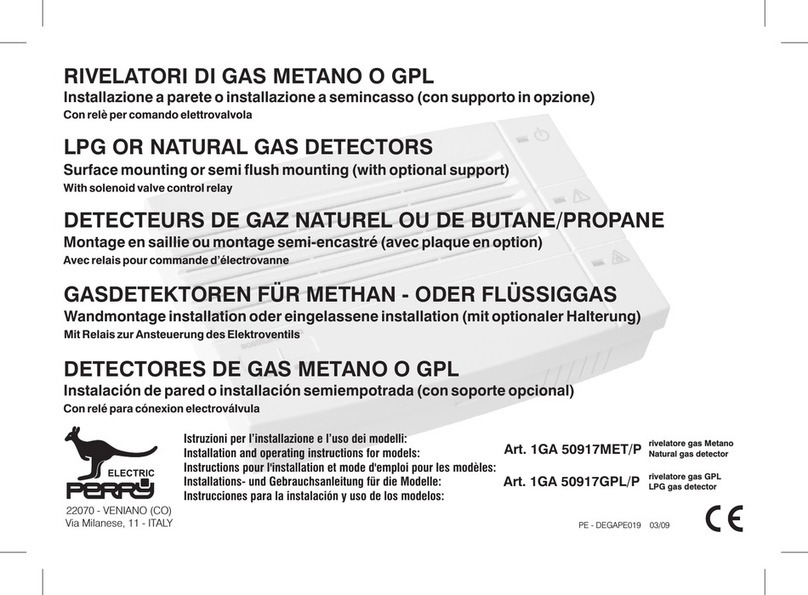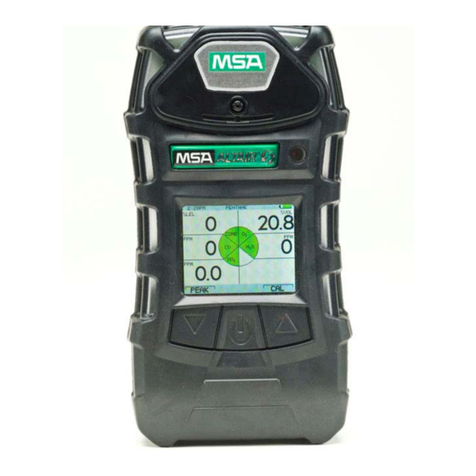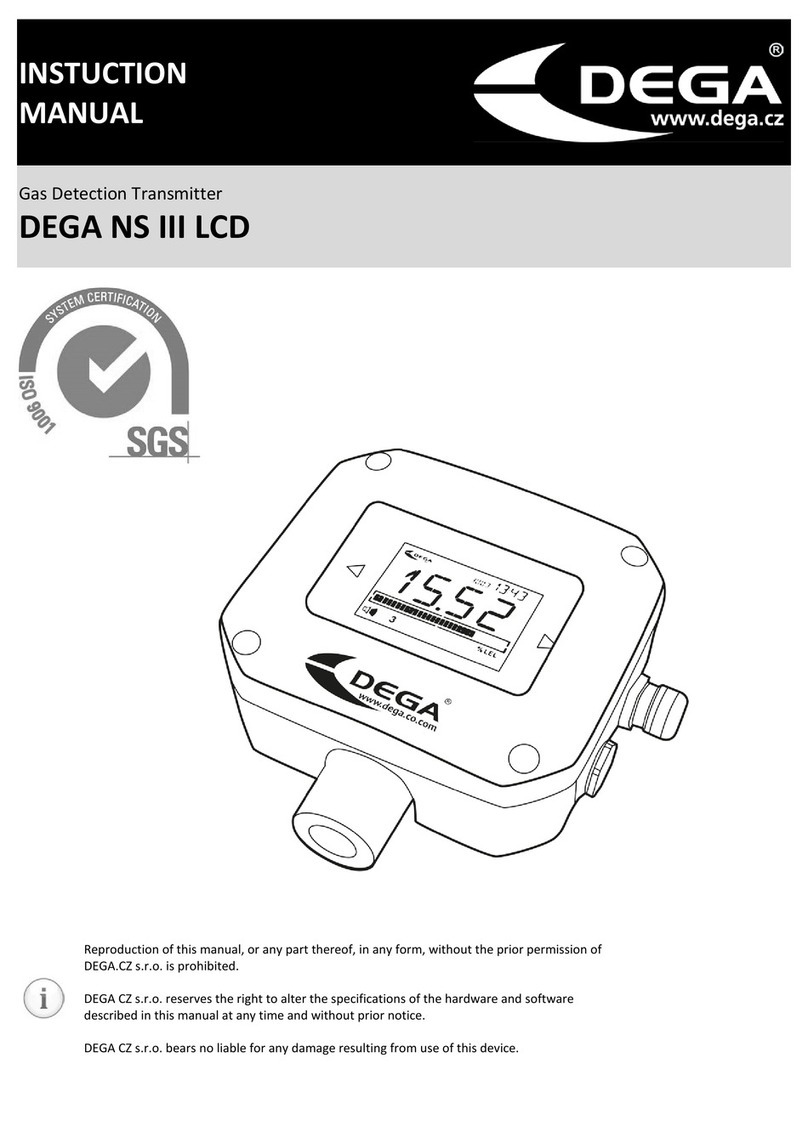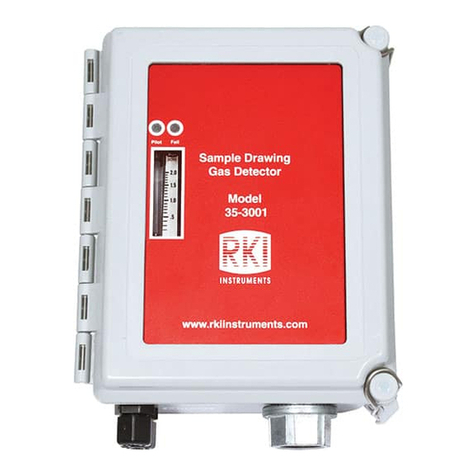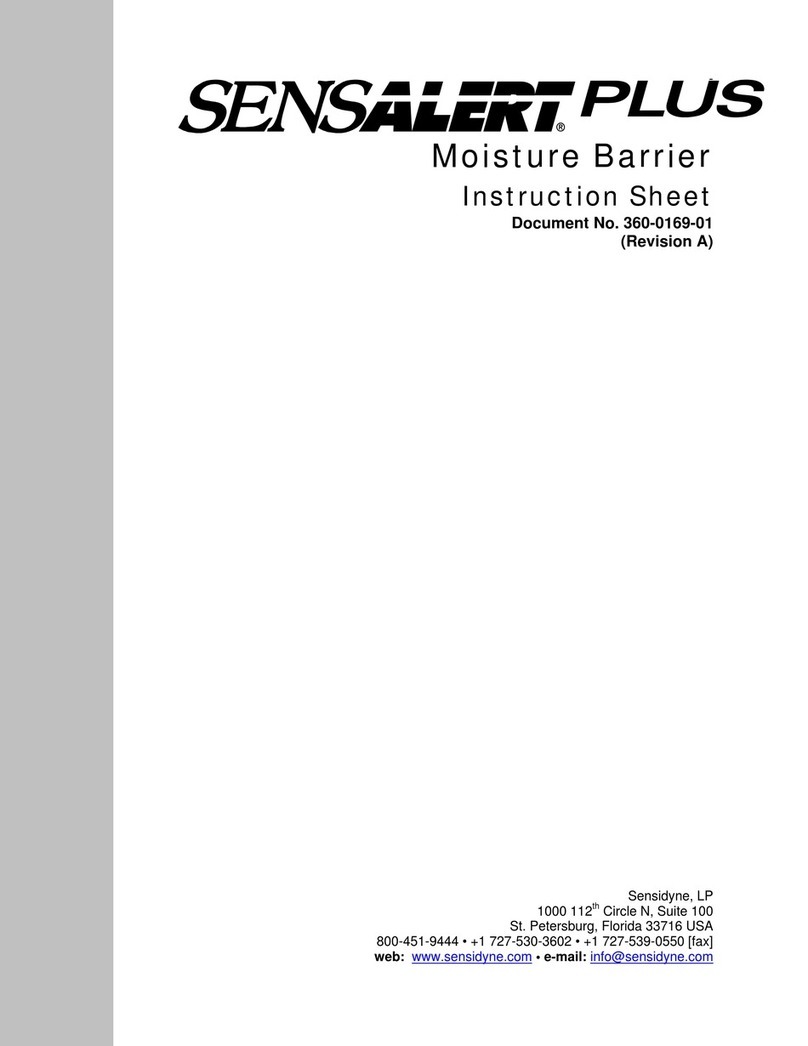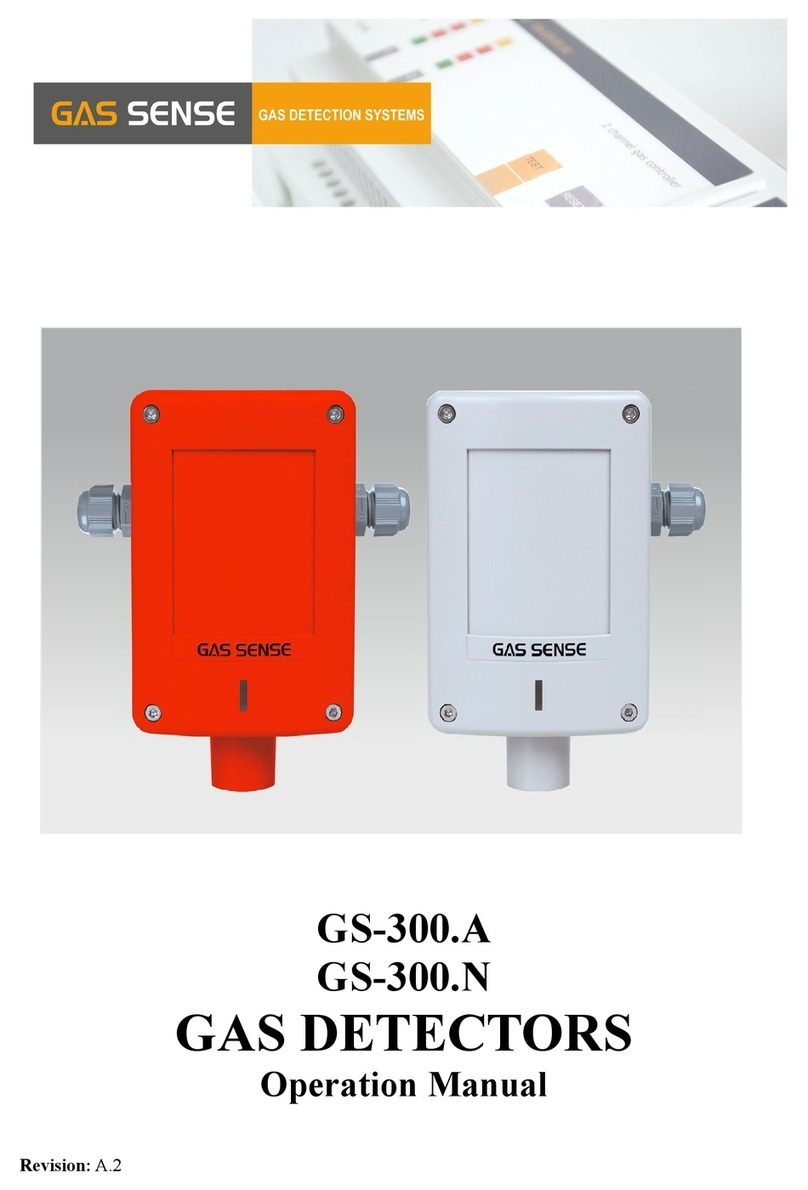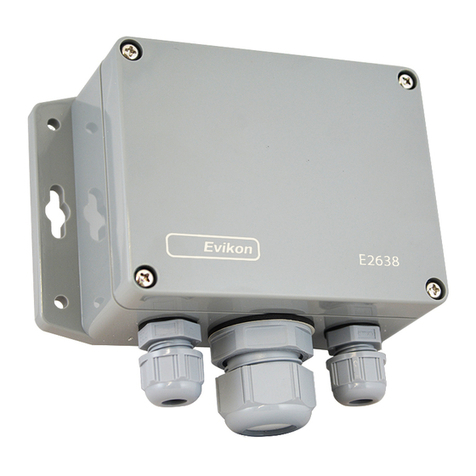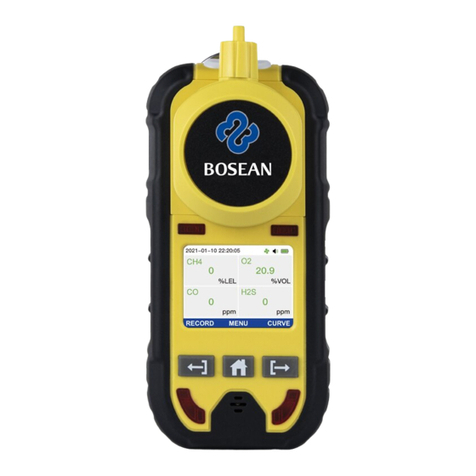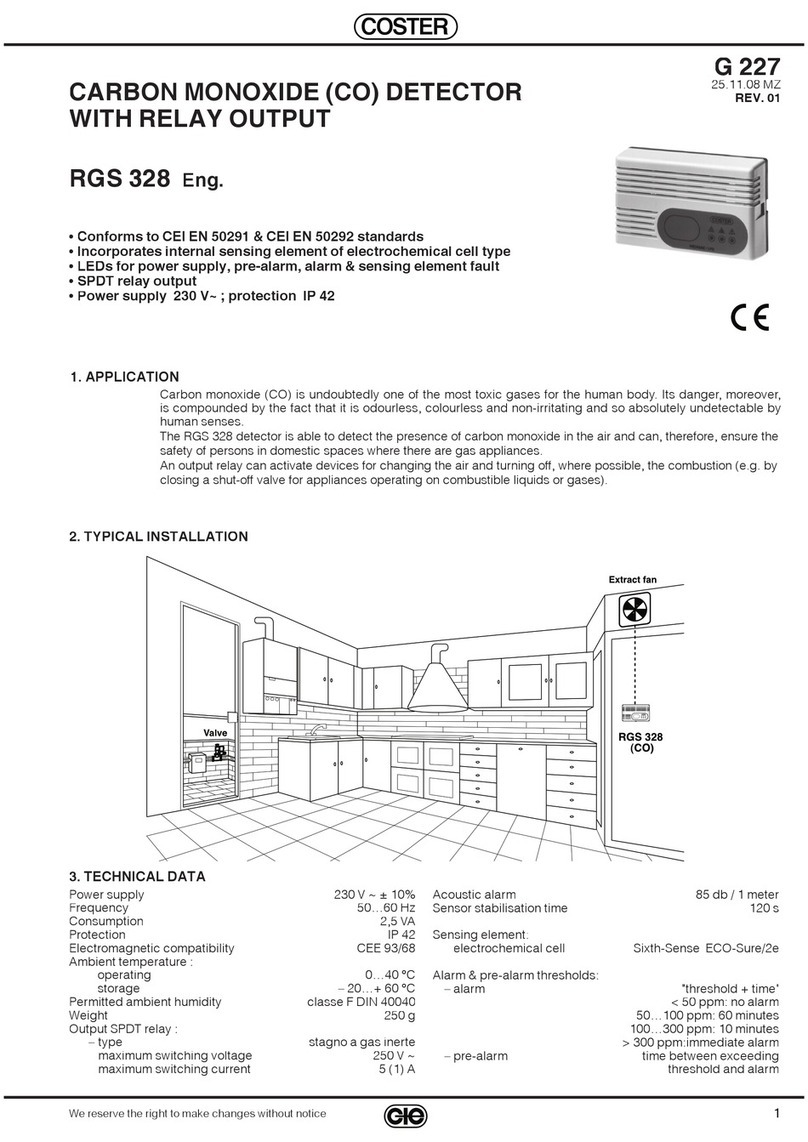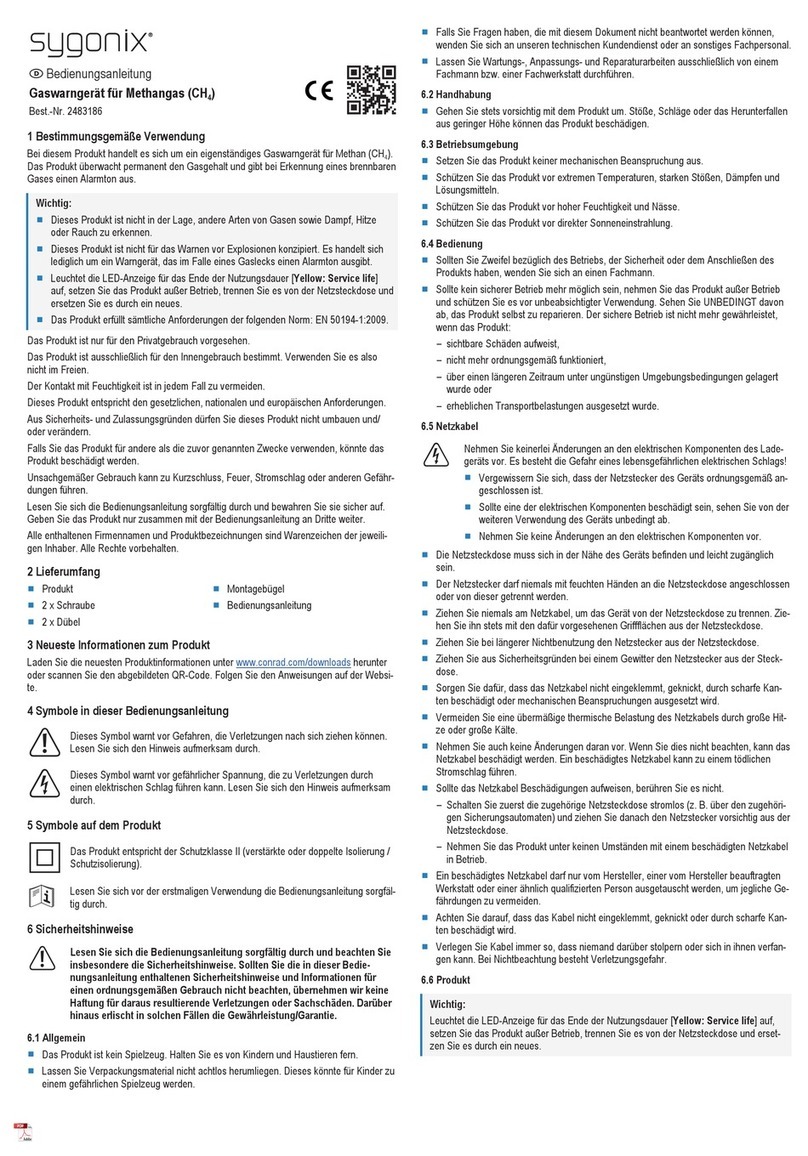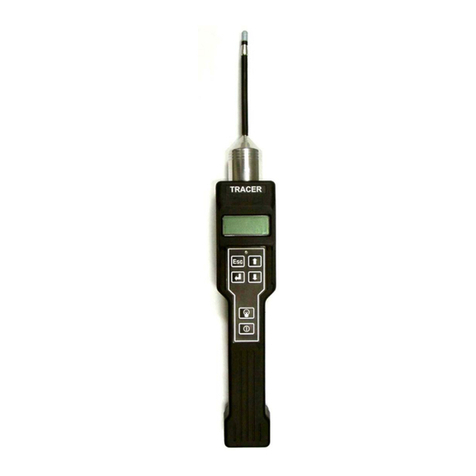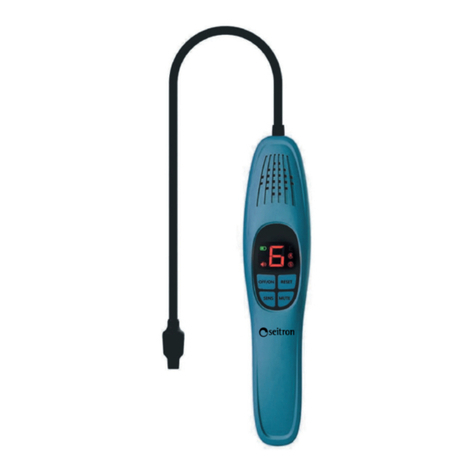
© 2020 All rights reserved. Data subject to change without notice. 3
Rev. B | 2020.11 LPT-M - Operation Manual
5.5.1Wet Environment Considerations ....................................................................25
5.5.2 EMI and RF Interference Considerations..........................................................25
5.5.3 Mounting Height (Sensor Dependent) ............................................................26
5.6 Enclosure Mounting Components ..................................................................27
5.6.1 Enclosure Base ................................................................................................27
5.6.2 Enclosure Bottom............................................................................................28
5.7Wiring Connections........................................................................................28
5.7.1 Power & Output Connections ..........................................................................29
5.7.2 RelayWiring Connection.................................................................................31
5.7.3 ESH-A Remote SensorWiring Connection........................................................32
5.7.4 Modbus®Wire Gauge vs Run Length...............................................................32
6 SYSTEM OPERATION & CONFIGURATION................................................34
6.1 Navigating the Menu Structure......................................................................34
6.2 Accessing the Menu with Passcodes...............................................................35
6.3 Power Up andWarm-up.................................................................................37
6.4 Display Select.................................................................................................37
6.5 Set LCD Display Contrast Level........................................................................39
6.6 Fault Detection...............................................................................................39
6.7 Modbus® Settings..........................................................................................40
6.7.1 Change Modbus® ID........................................................................................40
6.7.2 Change Baud Rate...........................................................................................40
6.7.3 Modbus® Holding Registers ............................................................................41
6.8 Alarm / Buzzer Operation...............................................................................41
6.8.1 Enable / Disable Audible .................................................................................42
6.8.2 Audible ON Delay ............................................................................................42
6.8.3 Audible Alarm Level Assignment.....................................................................43
6.9 Relay Operation .............................................................................................44
6.9.1 Enable / Disable Relay.....................................................................................44
